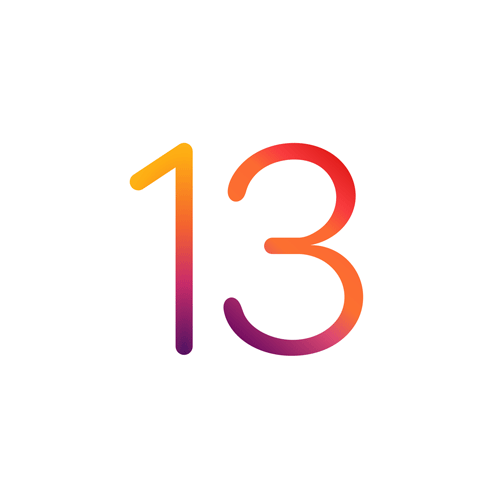Apple formally releases iOS 13 as the thirteenth release of its iOS mobile operating system, the successor to iOS 12.
The mobile operating version by Apple was announced at the company's Worldwide Developers Conference (WWDC) on June 3, 2019, before being formally released on September 19, 2019.
Among the many features and improvements in iOS 13, Apple changes how it handles location data.
For example, when an app requests access to users' location, users can choose whether to grant access whenever they are using the app, never, or only once. User can also receive similar prompts for background location access, and when an app requests access to Bluetooth or Wi-Fi.
Then there is the system-wide dark mode that can be accessed easily, and will apply to all native apps and supported third-party apps.

Starting iOS 13, Apple is also integrating its single sign-on service known as "Sign in with Apple". This allows users to to create accounts on third-party services without having to expose some of their personal information.
With the feature, users may optionally generate a disposable email address for each account, improving privacy and anonymity, and reducing the amount of information that can be associated with a single email address.
And as for performance, Apple said that it has improved Face ID unlocking speed by up to 30% faster than on iOS 12. Then there is a new file format that makes app downloads size 50% smaller, app updates as much as 60% smaller, and app launch speed improving to be twice as fast.
Apple is also said to have improved battery lifespan by using a feature borrowed from many laptops, which limits charging to just 80%.
By keeping the battery percentage more centered instead of complete charges and discharges, this should make iOS 13-powered devices to be able to reduce battery strain. In turn, battery aging should be reduced.
The launch of iOS 13 also marks the first time Apple has a dedicated operating system for its iPads.
Called the iPadOS, the operating system emphasizes the different features available on the iPad, that aren't available on the iPhones. Starting iPad 13, iPad using the operating system can benefit from a more capable multitasking feature, tweaked home screen, Safari showing desktop versions of websites by default, and more.
iOS 13 was met with positive reviews, but those also came with poor experience as a number of issues started to come shortly after its release.
Some users experienced significant battery drain, call-dropping, ringtones not functioning properly, and more.
These bugs forced Apple to introduce frequent software updates and patches. But despite the frequency of bug fix releases, some of the updates have introduced new issues.
